KREYENBORG is a leading provider of state-of-the-art food safety solutions using infrared light technology as its core element. The Food Safety Infrared Rotary Drum (FS-IRD) is suitable not only for sterilization but also for pasteurization, roasting, drying, coating, and stock protection of foodstuffs such as nut seeds, spices, and herbs.
Food processing machines are often powered by gas and thus carbon intensive. The challenge was to move away from fossil fuels towards electric usage which needs ongoing optimization of the airflow, efficiency, and blower units.
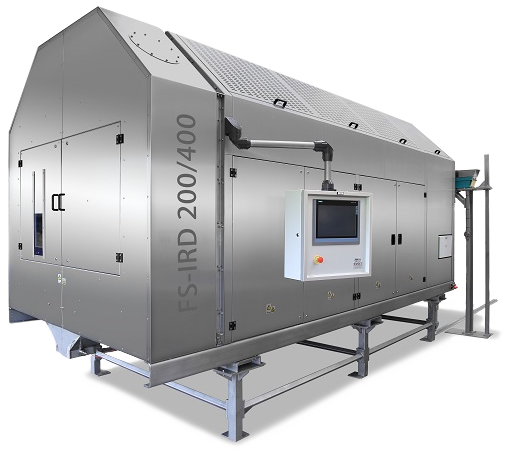
KREYENBORG has been a leading global partner and solution provider to the food and plastics industry for over 70 years. In the food industry, the company’s focus is on maximum food safety using infrared light technology as its core element. The FoodSafety-IRD combines sterilization, pasteurization, drying, and more optimized for a variety of food products such as nuts, seeds, spices, and herbs. In the plastics industry, which focuses on recycling and sustainability, KREYENBORG develops solutions for drying, crystallization, decontamination of recycled PET, and odor minimization of various plastics.
This technical case study explores the application of Computational Fluid Dynamics (CFD) from SimScale in optimizing the design of KREYENBORG’s Infrared Rotary Drum (IRD), focusing on airflow optimization for the use of infrared light.

The design team at KREYENBORG comprises a dozen mechanical and electrical engineers who work together to develop and install new products. The team uses SolidWorks for the mechanical design to fulfill the requirements of their customers. FEA calculations are currently made with the FEM module integrated in SolidWorks. The simple two-way workflow between SolidWorks and SimScale is what has accelerated the widespread usage of advanced CFD at KREYENBORG.

SimScale is used to evaluate design concepts and iterative design improvement to the airflows inside the units. The possibility to generate design changes in-house step by step to a final version helps significantly reduce the time to market and the costs for many different calculations. Specifically, the simulations focus on:
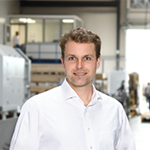
Jens Beuing is an R&D Engineer and has been with KREYENBORG since 2019. His role includes the optimization of existing products and development of new products, preparation of concepts and solutions for customers’ special applications, and running the physical tests in KREYENBORG’s technical center.
The core of KREYENBORG’s engineering innovation lies in the application of SimScale’s CFD simulations instead of manufacturing special test units. The process begins with the design of CAD models in SolidWorks which are then imported into SimScale. The simulations primarily involve incompressible CFD analyses and these simulations have been critical in the development of new Cyclones, Heating- and Cooling -Modules, and in improving air distribution across various process zones.
The implementation of SimScale’s CFD simulations has significantly accelerated KREYENBORG’s design process. The precise prediction of air distribution within modules and channels has not only improved the efficiency of the food processing equipment but also significantly reduced operational costs. The case of cyclone exhaust air purification stands out, where the simulations led to an optimized design that balances performance with environmental considerations. Typically, the team saves 120 hours of work per product developed and 3 months less to bring the product to market. This has translated into a hard 25% cost saving for newly developed products.
Our engineering activities are underpinned by using SimScale for CFD simulations to calculate pressure drop and air distribution in various machines and components. Verifying performance in SimScale is now the de-facto workflow before moving to prototype stage and manufacturing and this has reduced labor costs. We can now test and realize more ideas within the SimScale simulation environment than it would be possible with just prototyping and it has enabled a first-time-right approach in our product development.

Karsten Sprenger
CTO at KREYENBORG
KREYENBORG’s use of CFD simulations in its engineering and design process has grown to explore concept designs for new and innovative technologies using the more advanced convective heat transfer and multiphase solvers. This approach has not only enhanced the performance of their products but also aligned them with sustainability goals, showcasing a forward-thinking approach in industrial design and moving traditionally fossil-fueled industrial equipment to an electrified power source with diversified energy sources such as renewables.
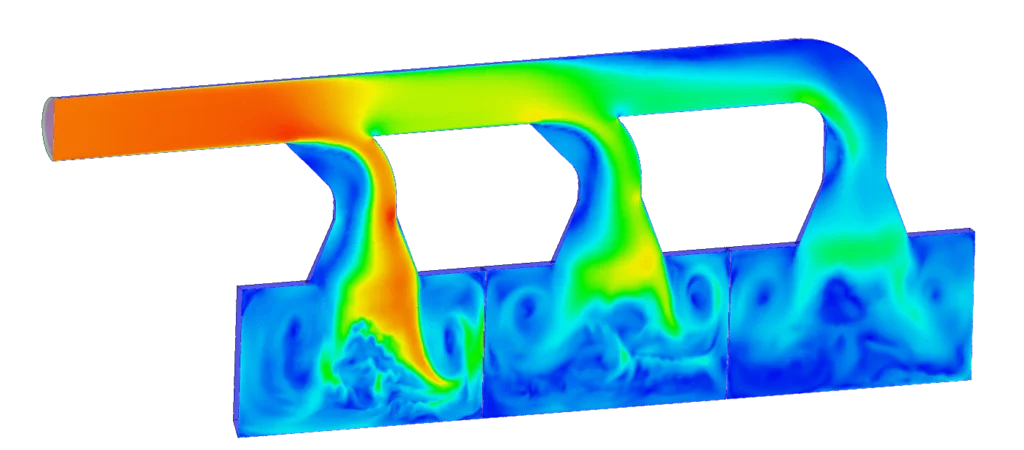
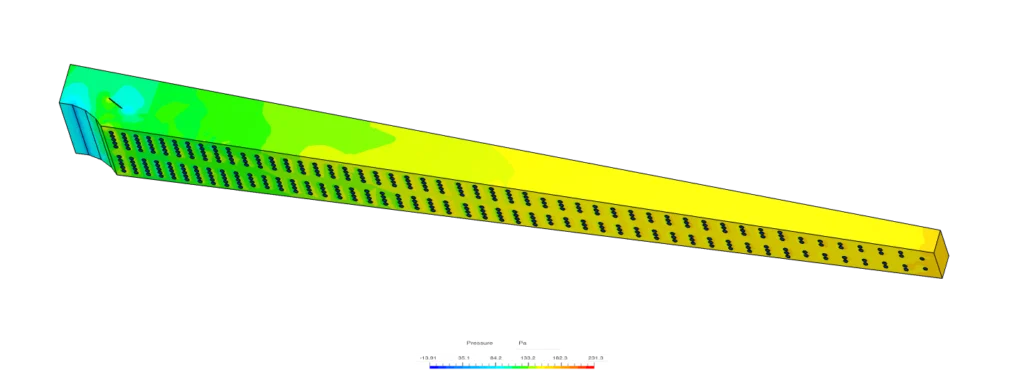
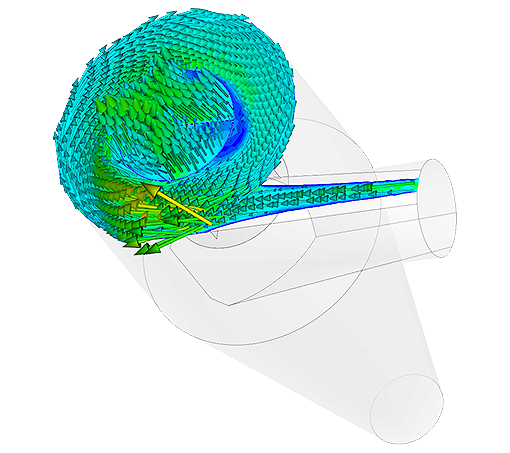
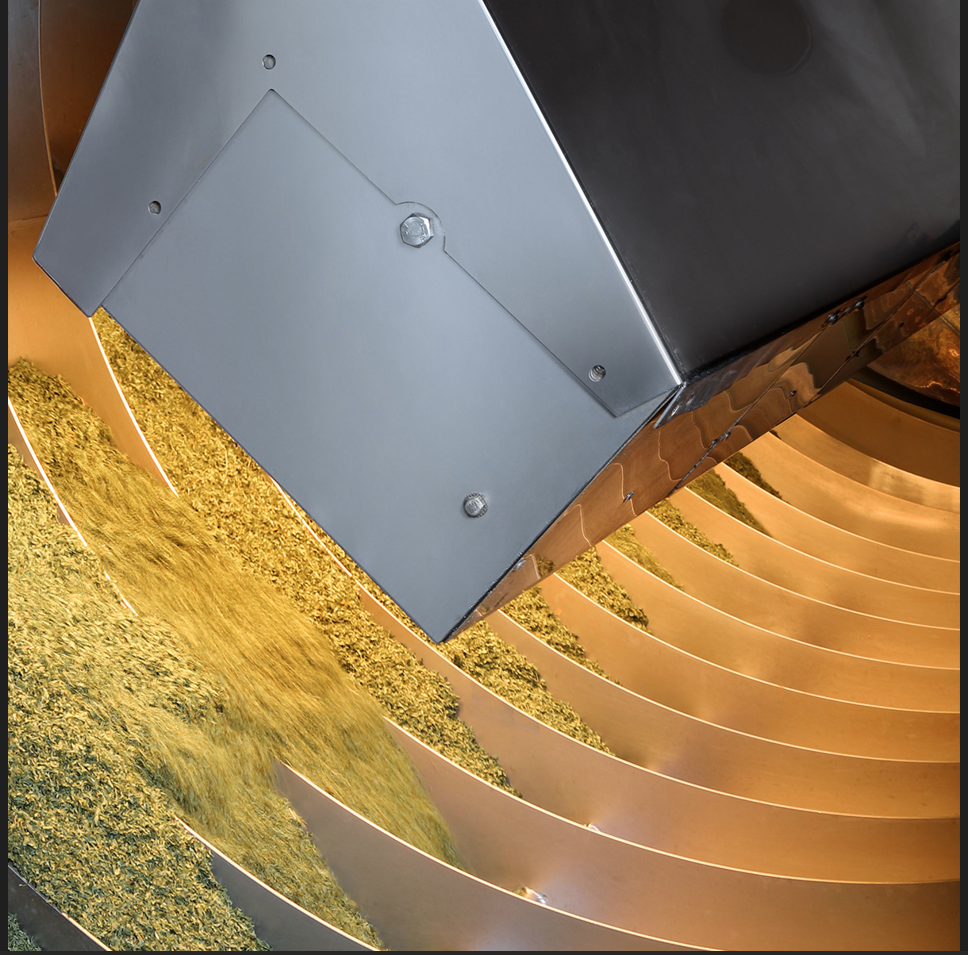
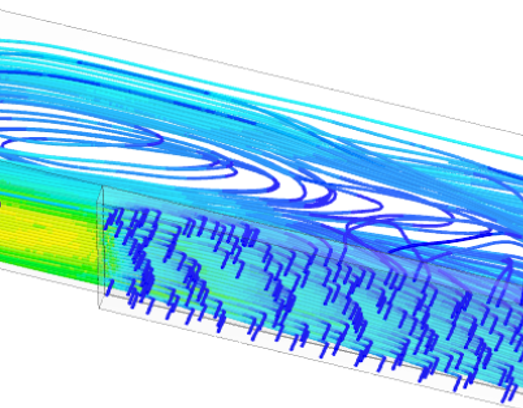
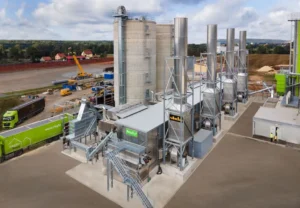
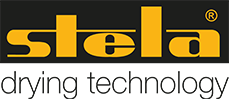
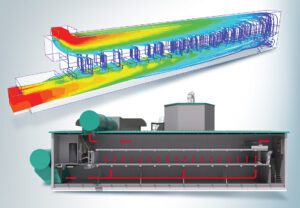
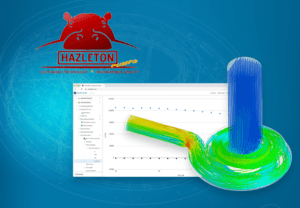

Sign up for SimScale
and start simulating now